Some people wake up and can tell you exactly what they ate, watched, and worried about on a random Tuesday fifteen years ago. For researchers, this rare ability – often called highly superior autobiographical memory – poses a riveting puzzle: how can recall be so rich for personal days yet mostly ordinary for everything else? The mystery pits memory’s messy, reconstructive nature against stories of seemingly indelible daily snapshots. Cracking it could reshape how we think about attention, emotion, and forgetting itself, while offering clues to conditions where memory overwhelms rather than serves us.
The Hidden Clues
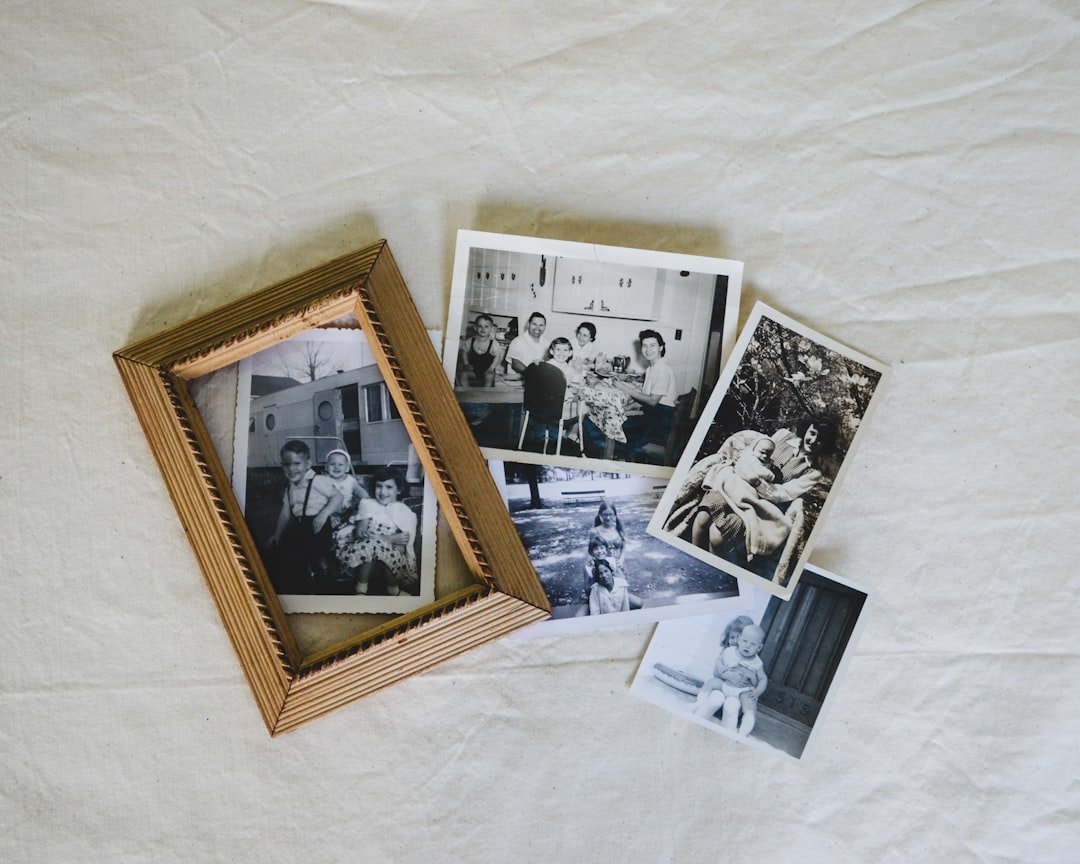
Imagine being able to dial up any date since middle school and replay it with color, weather, and soundtrack intact. That vividness can feel magical, but it’s not a photographic camera in the mind; it’s autobiographical recall that favors life’s calendar over trivia or textbook facts. People who report this ability often describe dates as anchors, like pegs on a long hallway where personal episodes naturally hang. The pattern suggests a system tuned to time, meaning, and self, not an all-purpose memory upgrade.
There’s another twist that’s easy to miss: this recall tends to start around late childhood and thickens across adolescence, a period when identity solidifies and routines get stronger. Emotional charge matters too – moments of joy, shock, or stress are often replayed more sharply, hinting that memory’s gatekeepers prioritize what feels important. In plain terms, it’s like the brain quietly bookmarks the days that shape you, then strings the rest between them. That string may be tighter, denser, and harder to cut for a handful of people.
From Case Notes to Brain Maps
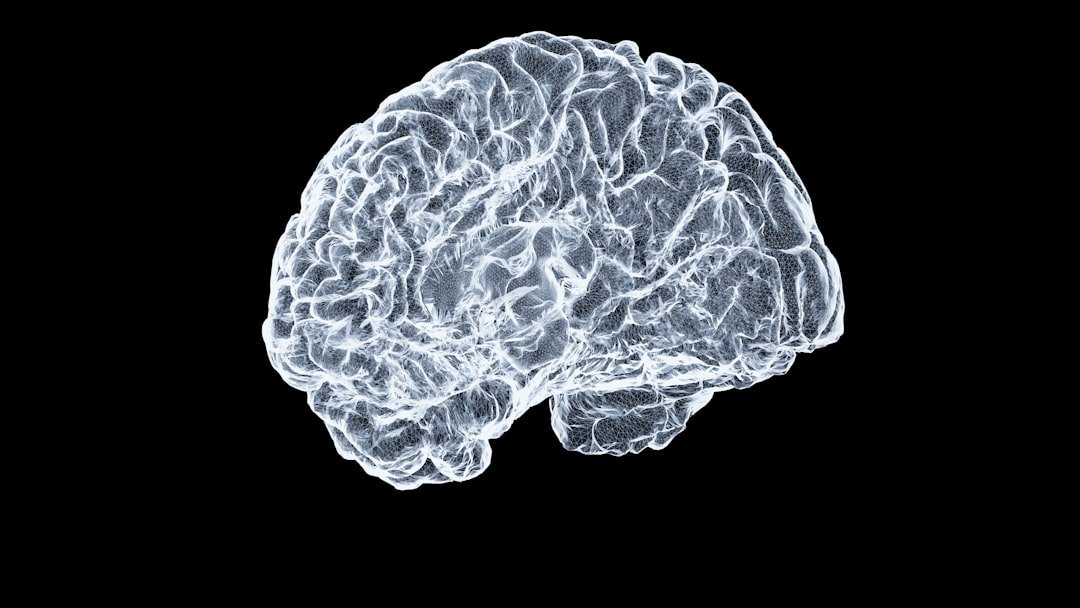
Early reports focused on striking individuals who could name the day of the week for past dates and describe mundane events as if they happened yesterday. As scientists gathered more cases – several dozen closely studied so far – a pattern emerged: incredible personal timelines paired with fairly typical scores on many lab memory tests. That mismatch forced a pivot from simple “better memory” stories to more nuanced models of how we store the story of ourselves. It also nudged labs to use richer tools than word lists, including in-depth interviews and life calendars.
Brain scans added more texture without yielding a single, tidy signature. Studies point to differences in networks that bind time, emotion, and self – regions within the medial temporal lobe, hubs of the default mode network, and circuits involved in habit and attention. Think of it as city traffic rerouted to favor a scenic, autobiographical boulevard, while side streets for random facts stay mostly the same. The big takeaway: structure and function vary in ways that plausibly strengthen day-tagged recall, but no one circuit alone explains the whole phenomenon.
Practice, Patterns, and the Power of Rehearsal
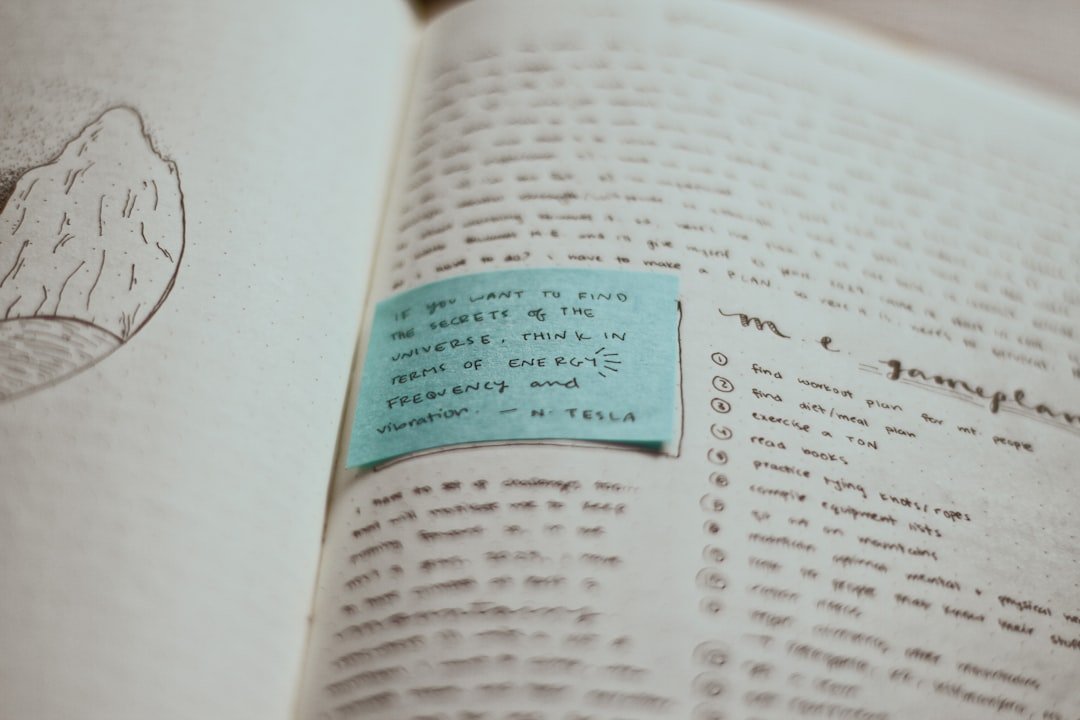
One grounded idea is refreshingly unglamorous: rehearsal. Many people with exceptional daily recall keep diaries, revisit dates, or mentally scan calendars, creating a steady drip of practice that reinforces the timeline. Over years, that repetition may sculpt white-matter pathways and habits of attention the way daily piano scales shape nimble fingers. In other words, extraordinary memory could ride on ordinary routines done with relentless consistency.
There’s also evidence that personality traits play a role, including a tendency toward order, categorization, or even compulsive checking. These tendencies can pour fuel on the rehearsal engine, turning casual reminiscing into a durable system. I once tried a one-sentence-a-day journal and lasted about eight days; imagine doing a version of that in your head for a decade. You’d end up with a time-stamped map you can walk anytime.
Myths, Mistakes, and What HSAM Is Not
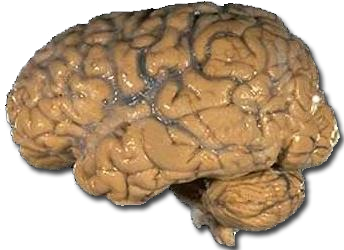
First myth: it’s not photographic memory. Visual detail can be rich, but these memories are reconstructions shaped by emotion, story, and expectation. Second myth: superiority across the board. On tasks like memorizing random word pairs or abstract patterns, performance is typically average, suggesting that the superpower is specific to life events linked to dates.
Third myth: it’s flawless. Memories can still warp, and confidence isn’t a guarantee of accuracy for peripheral details. Finally, it’s not the same as savant syndrome, which can include exceptional abilities in calculation or music under very different conditions. The reality is more interesting than the myths: an uneven landscape where one kind of memory grows tall while others stay at normal height.
The Human Cost and Unexpected Gifts

Living with near-constant replay can be exhausting. Painful days don’t fade; they loop with the same sting, making grief and conflict harder to move past. Some describe sleep as a battleground and anniversaries as ambushes, where upsetting memories step out of hiding on schedule. In this light, “perfect memory” can feel more like an unblinking spotlight than a superpower.
Yet there are real upsides. People talk about a strong sense of identity, richer family histories, and a feeling that life’s texture is preserved rather than smeared. Creative work, journalism, and historical research can benefit from that deep personal archive. Like any intense trait, it cuts both ways – gift and burden, clarity and weight.
Why It Matters

Exceptional autobiographical memory stress-tests the leading idea that forgetting is adaptive. If most of us prune yesterday to make room for tomorrow, what happens when pruning slows down? Comparing these individuals to typical memory helps scientists pinpoint which parts of forgetting are feature, not bug, and where emotion or attention flips the switch from discard to keep. It’s a living experiment in how the self is stitched to time.
There are practical angles too. Insights from this phenomenon may guide therapies for conditions where memory is intrusive, such as trauma, by revealing how cues, emotion, and rehearsal sustain unwanted recall. They also inform strategies for aging and neurodegeneration, highlighting which habits and networks best preserve the storyline of a life. In the long run, understanding why some memories refuse to fade could help all of us remember what matters and let the rest go.
The Future Landscape

New tools are closing in. High-resolution imaging is mapping micro-structure in the hippocampus and its connections, while longitudinal studies track how daily habits sculpt recall across years. Wearable lifelogging and ambient photos are opening ethical but promising avenues to test how external records interact with internal stories. As artificial intelligence improves personal search, we may soon ask whether cueing systems can gently surface days we’d otherwise lose.
But there are hard questions ahead. If rehearsal strengthens memory, should apps nudge recollection of the good stuff and soften the bad, and who decides the balance? Could neuromodulation safely fine-tune circuits that bind time, or would that risk amplifying rumination? And globally, how do we protect privacy when personal archives – biological or digital – become searchable? The line between remembering and being remembered by our tools is getting thin.
The Hidden Clues in Everyday Life
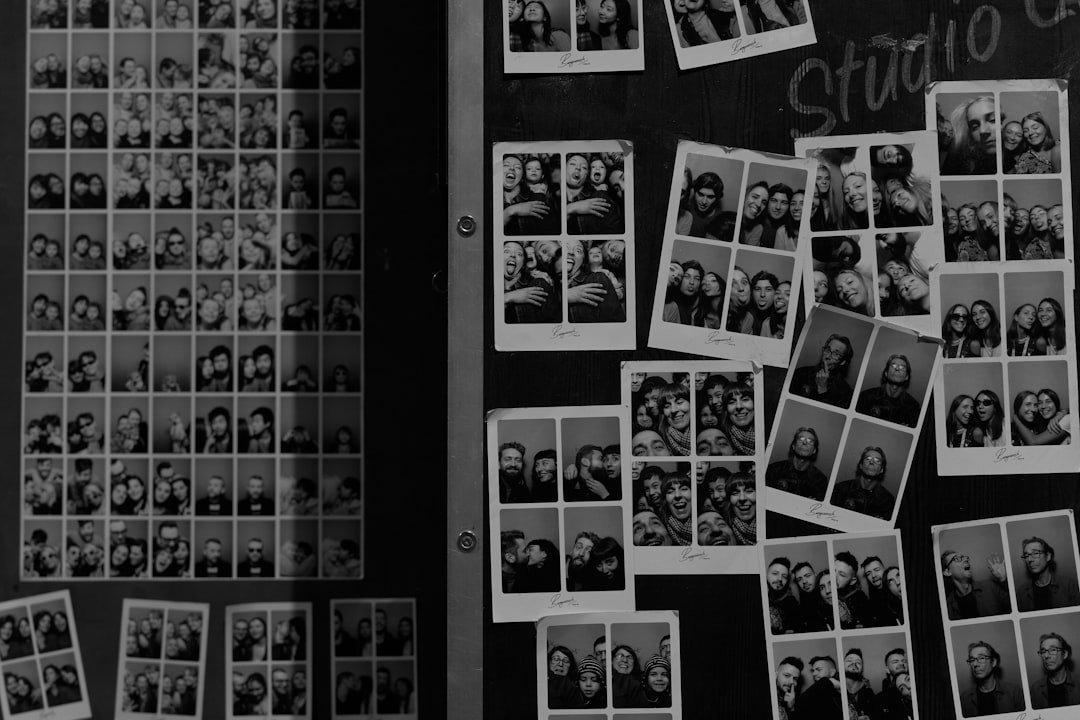
Even without a rare trait, we can see the same mechanics at work in smaller ways. A song from a summer long ago can yank a day into view because emotion, context, and timing lined up just right. Routine also matters; morning runs or school bells create repeating frames that help the brain file episodes chronologically. The pattern is a clue: when life has structure and meaning, memory has hooks.
That’s why big transitions – moving homes, changing jobs – can blur time. The hooks get rearranged, and days smear together until new routines form. People with exceptional daily recall seem better at keeping those hooks intact, whether by temperament, training, or wiring. Studying them teaches us how to rebuild hooks after change.
Conclusion

Curiosity moves this field forward. If you or someone you know experiences unusually vivid day-by-day recall, consider reaching out to university research registries or cognitive labs that study autobiographical memory. Keep a simple daily log for a month – just one or two lines – to see how rehearsal shapes your own timeline, and note whether mood or routine changes sharpen recall. Support mental health resources for those who find memory intrusive, because comprehension and compassion matter as much as science.
Above all, pay attention to the moments you want to keep and let yourself release the ones you don’t need. Memory is a garden; pruning can be as important as planting. What memories would you choose to keep on purpose if you could?

Suhail Ahmed is a passionate digital professional and nature enthusiast with over 8 years of experience in content strategy, SEO, web development, and digital operations. Alongside his freelance journey, Suhail actively contributes to nature and wildlife platforms like Discover Wildlife, where he channels his curiosity for the planet into engaging, educational storytelling.
With a strong background in managing digital ecosystems — from ecommerce stores and WordPress websites to social media and automation — Suhail merges technical precision with creative insight. His content reflects a rare balance: SEO-friendly yet deeply human, data-informed yet emotionally resonant.
Driven by a love for discovery and storytelling, Suhail believes in using digital platforms to amplify causes that matter — especially those protecting Earth’s biodiversity and inspiring sustainable living. Whether he’s managing online projects or crafting wildlife content, his goal remains the same: to inform, inspire, and leave a positive digital footprint.




